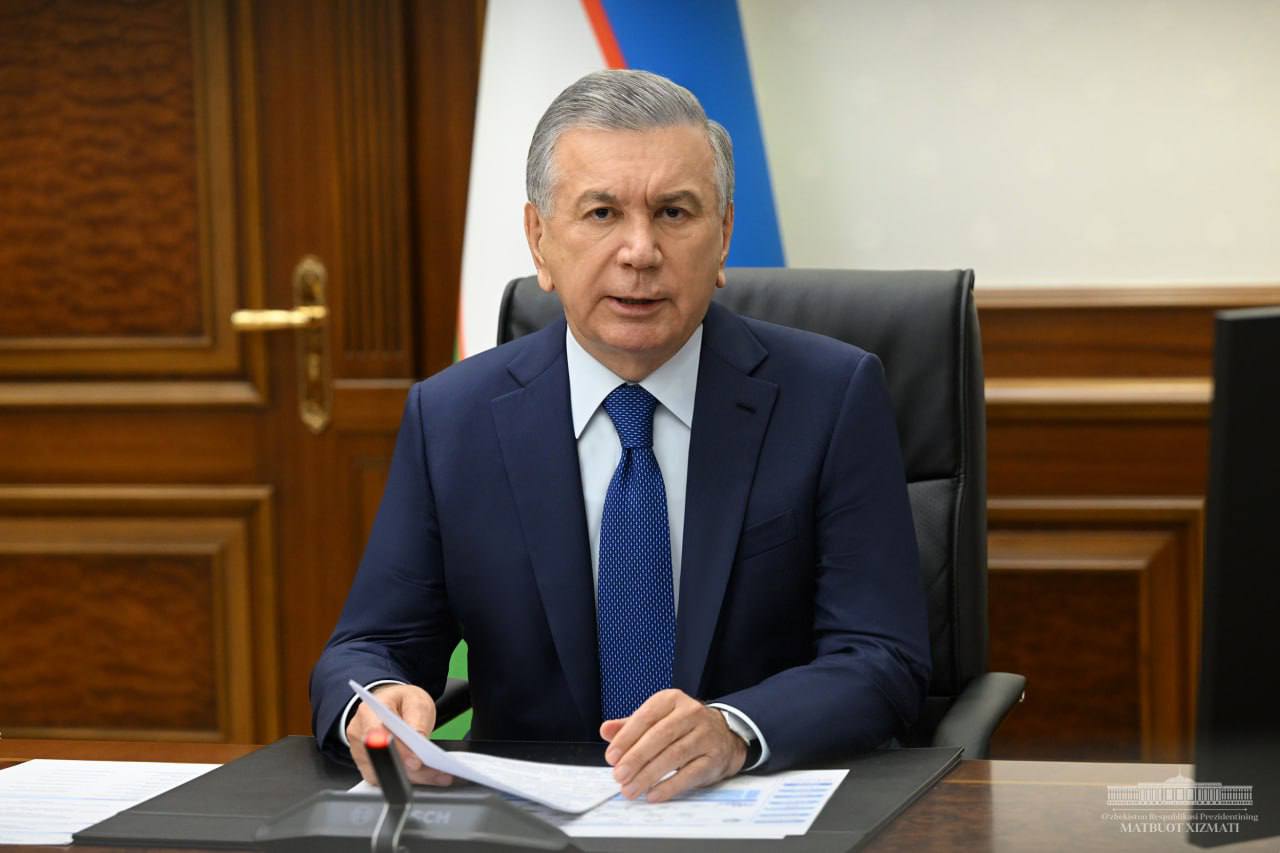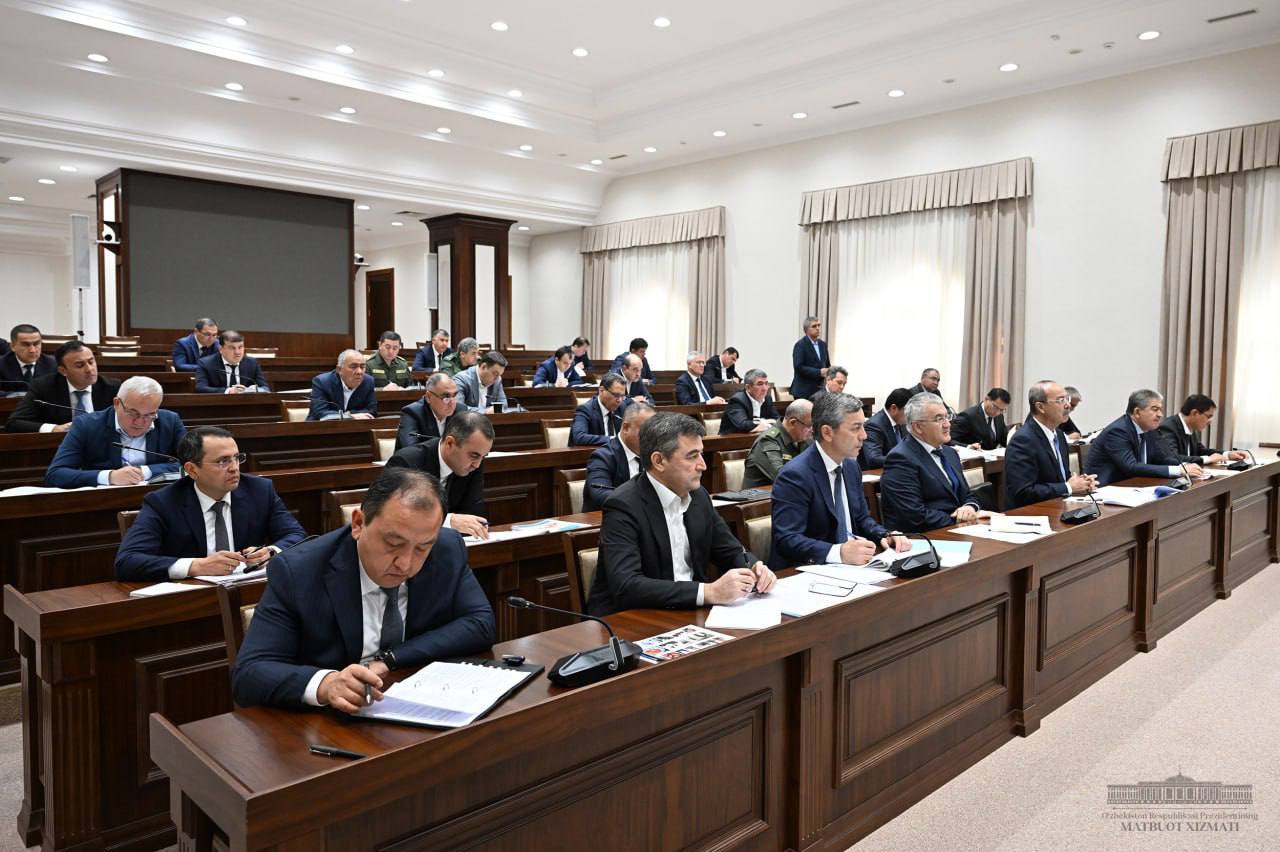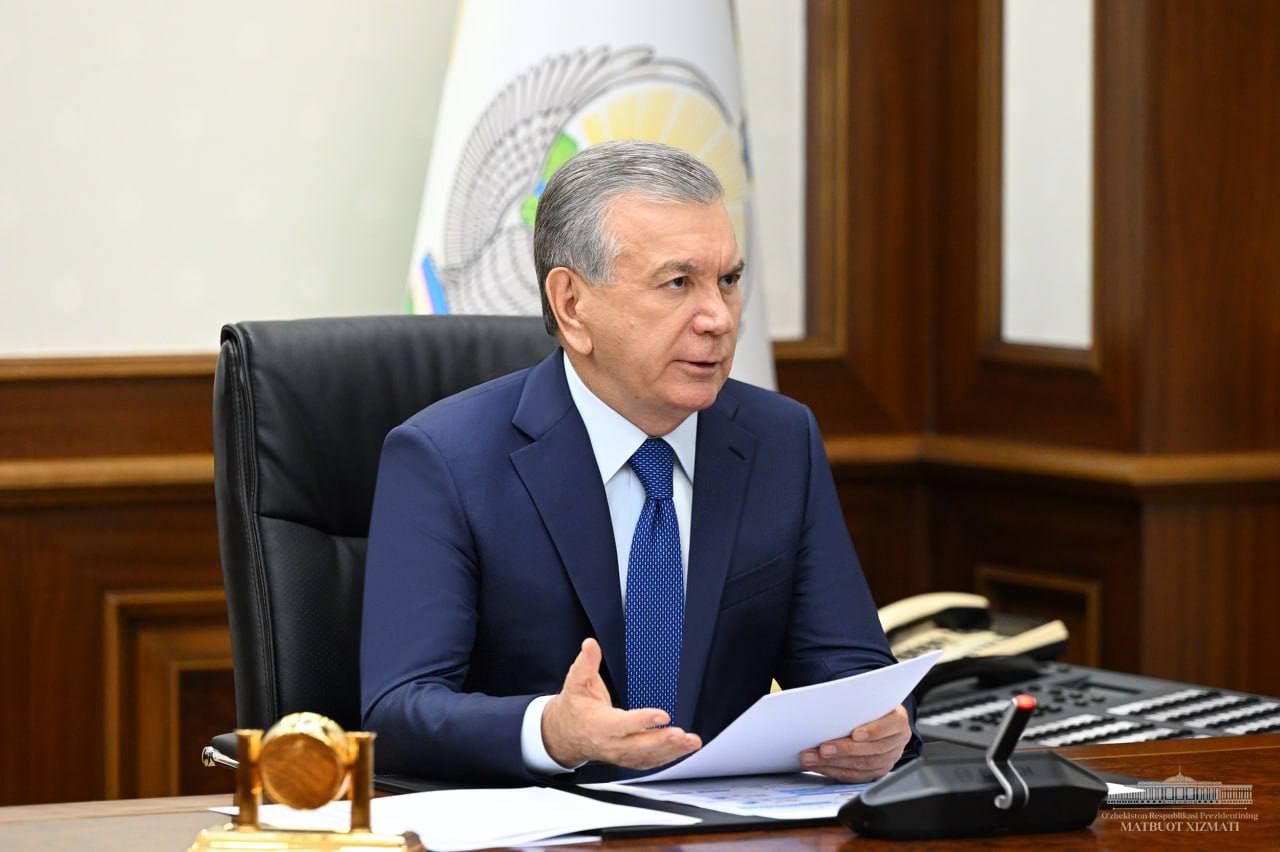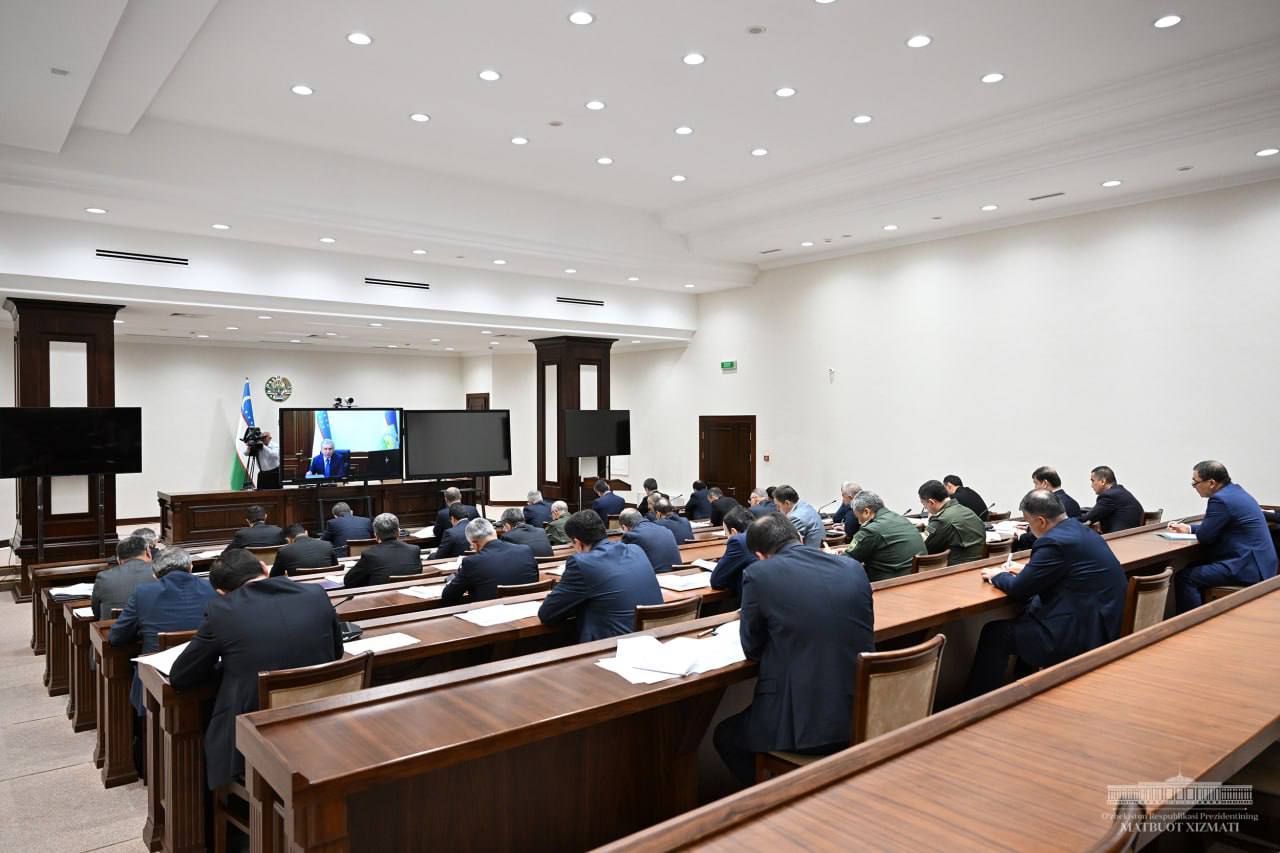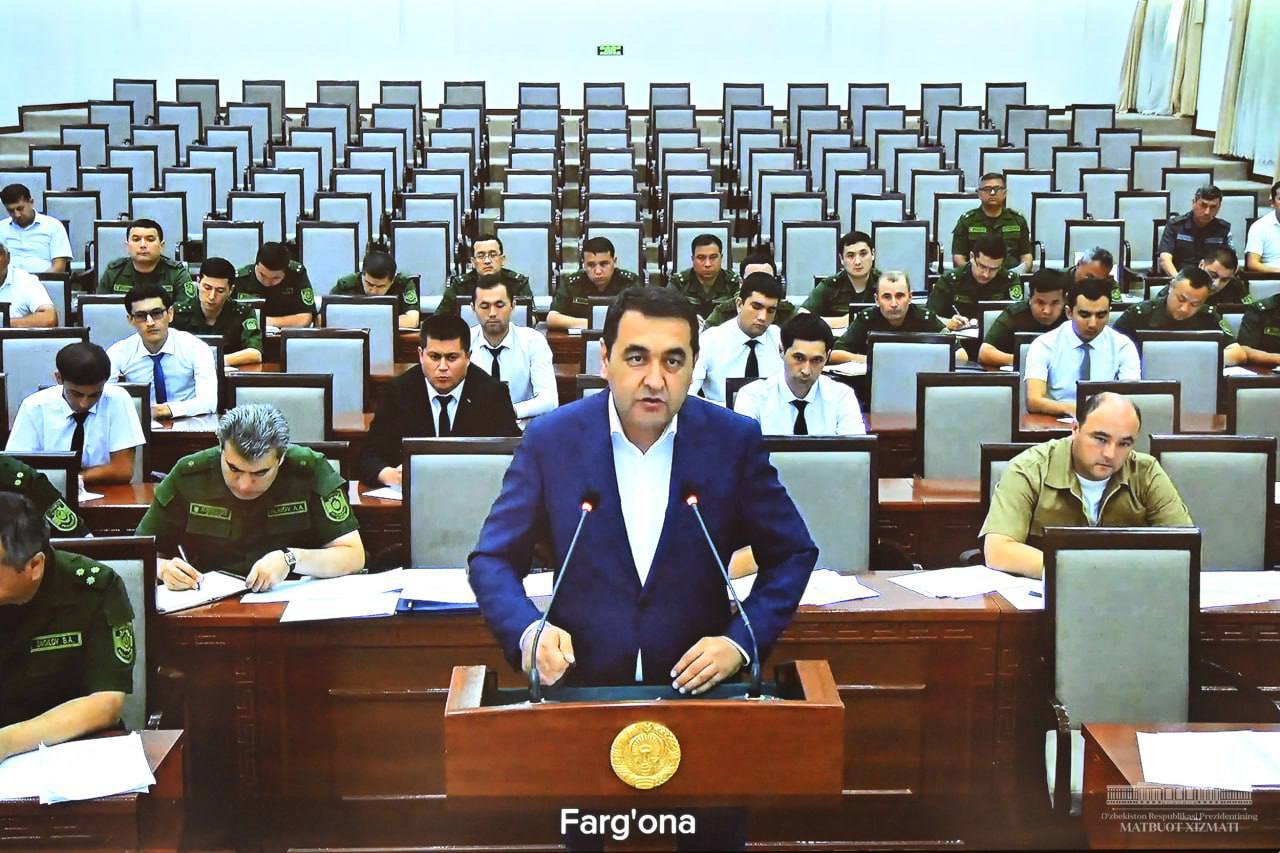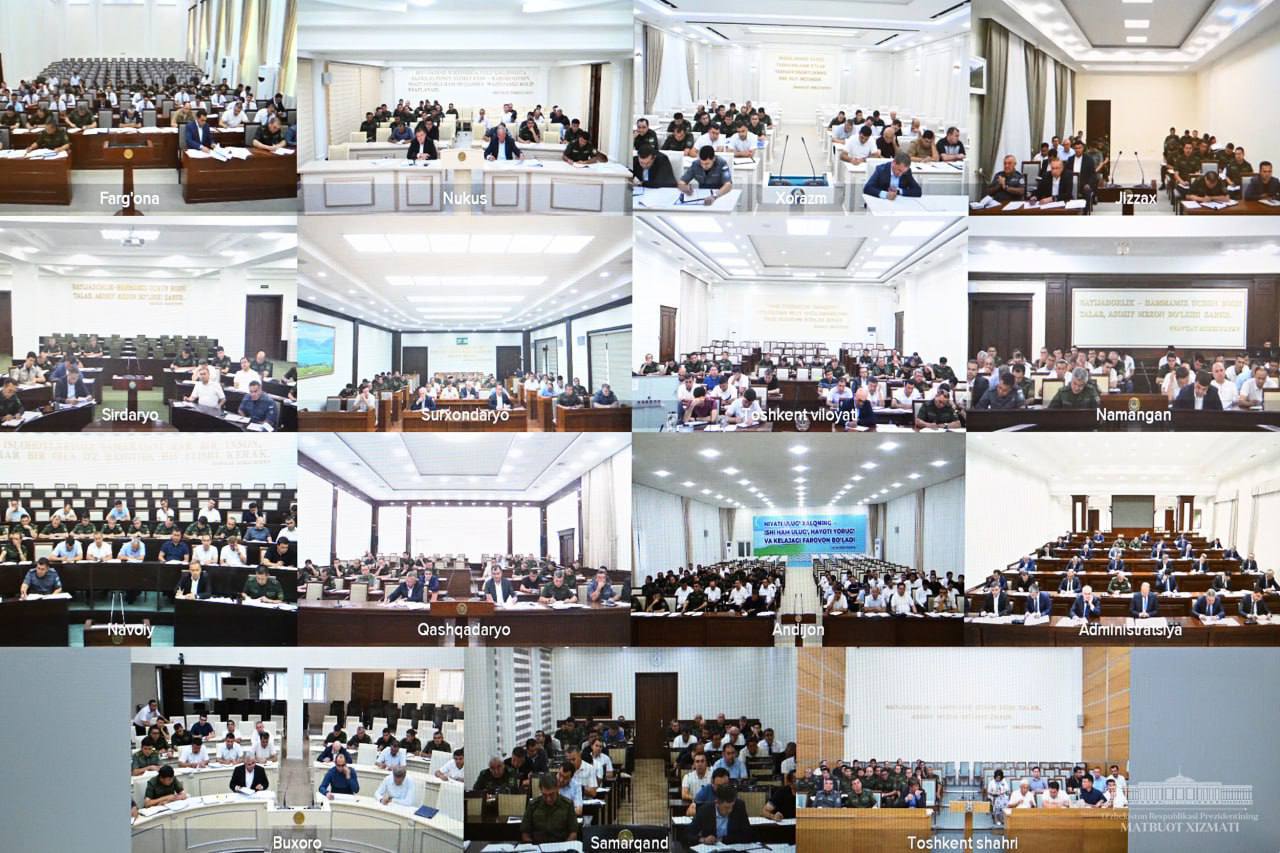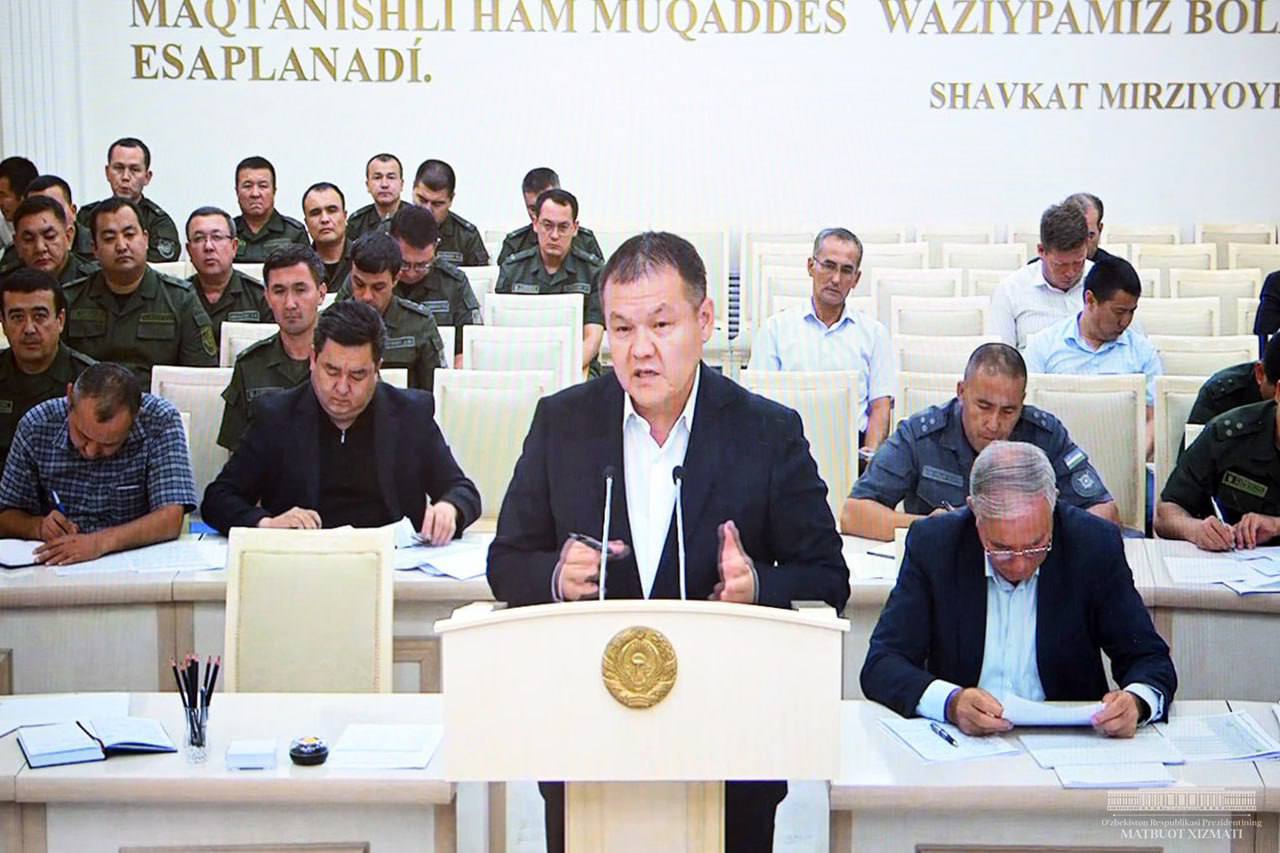
27.08.2024
On August 27, President Shavkat Mirziyoyev held a meeting focused on ensuring energy conservation and expanding the use of alternative energy sources.
The demand for energy resources in Uzbekistan continues to grow annually. In response, new power plants are being constructed, and generating capacities are being increased. However, earlier this year, targeted indicators for electricity and natural gas savings were established in the regions. During the President's visit to the Fergana region in July, scientifically grounded strategies were outlined to exceed this plan by twofold.
Scientists from the Fergana Polytechnic Institute studied energy consumption in the Fergana district. They found that the annual losses at the "Logon" substation, which serves 4,600 households and 233 entrepreneurs, amounted to 5 million kilowatt-hours, exceeding the standard rate of natural losses by 1.5 times.
According to their calculations, by evenly distributing the load among 113 transformers connected to this substation, it is possible to prevent the loss of 765,000 kilowatt-hours. Crucially, this does not require additional costs, only the proper management of the district's power grid.
Additionally, installing reactive power batteries on 44 transformers serving water pumps could reduce losses by 1.1 million kilowatt-hours annually, with the investment paying off within a year.
Overall, it has been calculated that the losses at 14 substations in the Fergana district total 15.5 million kilowatt-hours, equivalent to approximately 6 billion soums per year. If operations are organized as efficiently as described, the plan for electricity savings can be met.
Uzbekistan has 1,800 such substations and around 100,000 transformers. Responsible officials have been instructed to implement this experience in other regions.
In Karakalpakstan, significant results have been achieved in gas savings. By replacing outdated burners with energy-efficient ones and insulating heating systems in 95,000 households, 145 million cubic meters of gas are saved annually. The local budget has also begun installing these stoves for an additional 16,000 needy families, saving another 20 million cubic meters of gas and leaving 12 billion soums in the hands of the needy population.
Given this success, the task was set to replace the heating systems in 1 million households nationwide with energy-efficient ones.
Uzbekistan has 2,349 major gas consumers, some of which are highly efficient. For example, a tile manufacturing plant in Akhangaran implemented a technology for reusing released heat. However, only 25 percent of large consumers have modern gas-saving equipment installed.
The President particularly emphasized that regional hokimiyats and the Energy Inspectorate should address such issues. Instructions were given to install energy-saving technologies at enterprises that are major gas consumers.
Notably, according to the Presidential decree dated August 23 of this year, the Energy, Oil, and Gas Use Inspection (Uzenergoinspektsiya) has been transferred under the Cabinet of Ministers' control. This change will enhance its capabilities and operational efficiency.
Going forward, this approach should also be applied to the largest electricity consumers.
There are positive examples in this regard. For instance, a 100 MW solar power plant was installed on the Amu-Bukhara canal, reducing the amount of energy taken from the grid by 30 percent, or 200 million kilowatts. There are plans to launch another similar capacity.
Given that 10-11 percent of total electricity consumption is attributed to water management enterprises, the goal has been set to reduce energy consumption in this sector by at least 25 percent over the next three years.
Solar energy is another crucial source of energy efficiency. For example, an entrepreneur in Altyaryk installed solar panels with a capacity of 300 kilowatts, generating 540,000 kilowatt-hours of electricity annually, equivalent to 486 million soums.
This year, it is planned to install alternative energy sources with a total capacity of 182 MW for households and 791 MW for businesses. However, progress in this area has been slow in some regions, and responsible officials were sternly warned.
"Installing alternative energy sources is a state policy," the President emphasized.
At the meeting, regional hokims and energy sector leaders reported on the measures taken to conserve electricity and natural gas in the regions.

